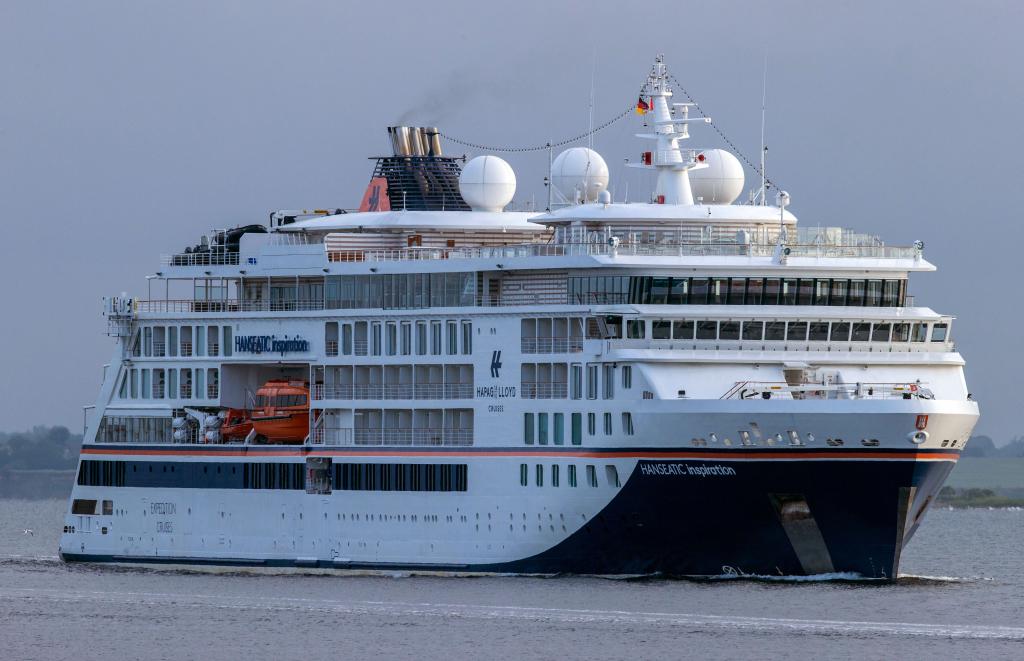The Centers for Disease Control and Prevention recently released a report on the cleanliness of luxury cruise ships, with 10 vessels receiving scores below 89 out of 100. Any score below 85 is considered “not satisfactory” by the organization. The dirtiest ship on the list was Hapag-Lloyd’s Hanseatic Inspiration, which earned a shockingly low score of 62. The report highlighted health code violations on the ship, including dirty beer taps, insects in the pool bar, and a dead bird covered in maggots near the grill. Food items that required refrigeration were also found to be stored at incorrect temperatures.
Despite the violations, Hapag-Lloyd Cruises assured that they have consistently met strict hygiene requirements for many years. Following the CDC inspection, the cruise line investigated the breaches in health safety on the ship. The company’s senior communications manager expressed regret over the low score and stated that they would use this as an opportunity to improve processes and deliver the high-quality experience expected by guests.
Other cruise ships that received scores just above the “satisfactory” threshold included Princess Cruises’ Caribbean Princess, Carnival’s Carnival Breeze, and Ritz-Carlton Yacht Collection’s Evrima, all scoring 86. Issues on these ships included flies and insects in kitchens, inadequate pest control measures, and unsanitary crew bathrooms. On the Evrima, fruit flies were found in the juicing machine, rat guards were missing, and whirlpool filters had not been changed in two years.
In contrast, some cruise ships received perfect scores of 100 on the CDC evaluation. These included Carnival Cruise Line’s Carnival Spirit, Celebrity Cruises’ Celebrity Ascent, Disney Cruise Line’s Disney Fantasy, and Royal Caribbean International’s Brilliance of the Seas, among others. These ships were commended for their cleanliness and adherence to health and safety regulations. While the reports on the dirtiest cruise ships may alarm some travelers, it is important to note that the CDC’s Vessel Sanitation Program aims to prevent gastrointestinal diseases and ensure the well-being of passengers on board these luxury vessels.
The reports of grimy conditions on certain cruise ships serve as a wake-up call for the industry to prioritize cleanliness and hygiene practices. Cruise lines must ensure that their vessels meet and exceed health standards to protect passengers from infections and illnesses. The incidents of food temperature violations, pest infestations, and unsanitary conditions on some ships highlight the need for continuous monitoring and improvement in sanitation protocols.
Overall, the CDC’s evaluations shed light on the importance of maintaining high standards of cleanliness on luxury cruise ships. While some vessels received low scores and faced health code violations, others excelled and scored a perfect 100. By addressing the issues highlighted in the reports, cruise lines can work towards providing a safe and clean environment for passengers to enjoy their travel experiences. Travelers should be aware of these cleanliness ratings when choosing a cruise line and prioritize their health and well-being while onboard these floating resorts.


